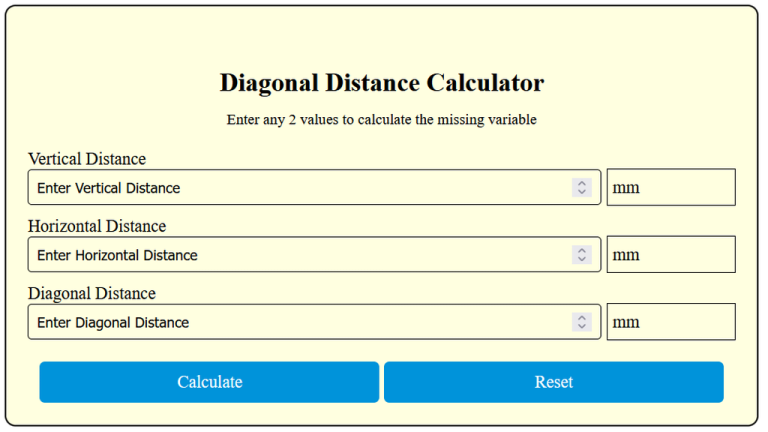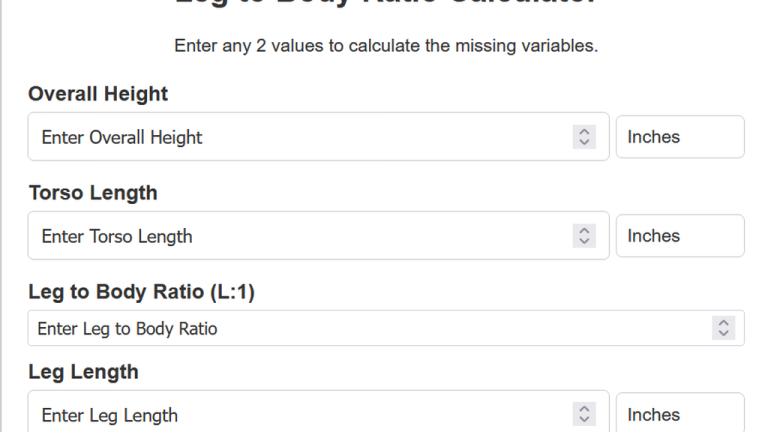52 Days From Today
To determine the date 52 days from today, simply add 52 days to the current date.
Calculating 52 Days From Today is fairly useful for setting future plans, reminders, or deadlines. By adding 52 days to the current date, you get an exact date in the future, making it easier to manage schedules and stay organized.
This quick calculation can be applied to personal plans, work projects, or any event that requires precise future timing.
Formula
Future Date = Today’s Date + 52 Days
Solved Calculations
Example 1:
| Step | Calculation |
|---|---|
| Today’s Date | November 4, 2024 |
| Add Days | 52 |
| Result | December 26, 2024 |
Answer: 52 days from November 4, 2024, is December 26, 2024.
Example 2:
| Step | Calculation |
|---|---|
| Today’s Date | January 1, 2025 |
| Add Days | 52 |
| Result | February 22, 2025 |
Answer: 52 days from January 1, 2025, is February 22, 2025.
What is a 52 Days From Today Calculator?
The 52 Days From Today Calculator provides a swift way to foretell the exact date 52 days into the future from today’s date. This tool is especially convenient for planning purposes because it calculates the target date in a few seconds without manual counting.
To use this calculator, simply set today’s date as the starting point, and it will add 52 days to reveal the resulting date. This can be helpful for scheduling events, tracking deadlines, or planning special occasions.
For instance, if you need to know what day a 52-day deadline falls on or plan for a date exactly 52 days from now, this calculator offers an easy solution.
Final Words:
To put it that way, the 52 Days From Today Calculator is a simple yet effective tool for calculating future dates, aiding in event planning and time management with precision and ease.




![Granite Weight Calculator [ Stone Weight Calculator 2025 ] 5 Granite weight calculator for accurate measurement of granite surfaces and slabs using customizable dimensions and weight inputs.](https://areacalculators.com/wp-content/uploads/2025/07/granite-weight-calculator-768x432.png)

